The ancient and sacred Cao Lo Vuong Temple is located on the alluvial plain along the Duong River in Dai Trung village (Lo village, Cao Duc commune, Gia Binh district, Bac Ninh province). This is the place to mark, commemorate and honor the military genius of the dawn of our nation's history, the person who helped An Duong Vuong create the "magic crossbow"...
The ancient and sacred Cao Lo Vuong Temple is located on the alluvial bank of the Duong River in Dai Trung village (Lo village, Cao Duc commune, Gia Binh district, Bac Ninh province).
This is the place to mark, commemorate and honor the military genius of the dawn of our nation's history, the one who helped An Duong Vuong create the "magic crossbow", build Co Loa citadel to defeat Trieu Da's army and protect the Au Lac State.
According to historical sources, King Cao Lo's family name was Cao, given name was Lo, also known as Thong, was born in Sy Lo village, Dai Than village, Van Ty commune, Gia Binh district, Thuan Thanh prefecture, Vu Ninh department (ancient Bac Ninh).
From a young age, he showed himself to be intelligent and studious. When he grew up, he was better at both literature and martial arts than others and was honored by the local people as Do Lo. Later, he followed King An Duong Vuong to fight the enemy. Thanks to his many achievements, he was awarded the title of Marquis.
When An Duong Vuong built Co Loa citadel (Dong Anh, Hanoi today), he was assigned to design and build the citadel. After the citadel was completed, he created the "magic crossbow" - a feat of ancient military engineering, which played an important role in fighting foreign invaders to protect the country.
Legend has it that the divine crossbow created by General Cao Lo was extremely powerful, able to shoot hundreds of arrows at once, killing hundreds of enemies, so it was called the Linh Quang Divine Crossbow.
According to the book Thuy Kinh Chu, after asking for peace, Trieu Da used a trick to let his son be the son-in-law of King Thuc Phan An Duong Vuong. From then on, Trong Thuy incited the Lac marquises to slander and speak ill of Cao Lo.
Zhao Tuo's plan soon came true, and Gao Lu and his younger brother Gao Si were eventually chased out of the capital, and then the magic crossbow was stolen. Zhao Tuo's army rebelled, and upon hearing the news of King An Duong's defeat, Gao Lu and Gao Si led troops to rescue him, but it was too late. Gao Lu and Gao Si heroically sacrificed themselves in the melee.
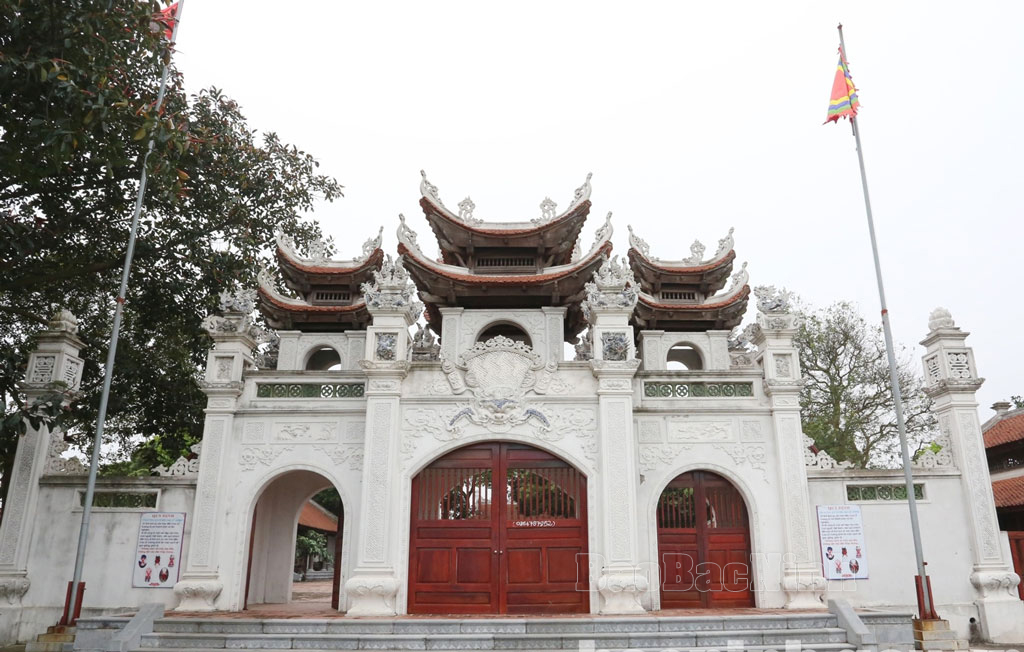
The gate of Cao Lo Vuong Temple, a military genius at the dawn of our nation's founding and defense, who helped King An Duong Vuong of Au Lac create the magic crossbow. Cao Lo Temple is located in Dai Trung village (Lo village, Cao Duc commune, Gia Binh district, Bac Ninh province).
Because of his contributions to the people and the country, later Kings and dynasties all bestowed upon him the title of Supreme God. The people around his hometown also built a temple to commemorate and acknowledge the contributions of this loyal general to the country and the people.
Through the ups and downs of history, through many restorations and embellishments, the Temple of General Cao Lo Vuong still retains the architectural and sculptural imprints of the Le - Nguyen dynasties.
Today, with the attention of all levels and sectors, Cao Lo Vuong temple has been rebuilt in a spacious and majestic manner, including the following items: Nghi Mon; Ta Vu; Huu Vu; Tien Te; Dai Bai; Hau Cung... The front altar is built with 5 compartments in the style of a closed-end vase.
The main worship hall has 3 compartments, connecting the middle compartment with the sanctuary. The sanctuary has 3 compartments and 2 porches. The entire architectural system is in the style of "stacked beds and gongs" made of ironwood, mainly planed and sharpened. The worshiping statue system includes 3 statues of saints and 6 statues of servants in the sculpture style of the Le and Nguyen dynasties.
The temple still preserves 20 royal decrees granted by various dynasties, of which the oldest is dated Canh Hung 4 (1796), the latest is dated Khai Dinh 9 (1924).
The system of horizontal lacquered boards, parallel sentences, altar, tablets, wooden tables, dragon pavilions, water bowls, a pair of stone crocodiles... and many other worship objects show that these are artifacts that prove the long-standing existence of the temple and they are also typical works of art from the Le - Nguyen dynasties.
Every year, according to tradition, to honor and commemorate General Cao Lo, on the 10th day of the 3rd lunar month, people in 8 villages and hamlets in Dai Than area: Dai Trung, Dong Trung, Binh Than, Tieu Than, Van Than, Phu Than, Kenh Pho and My Loc, who worship Cao Lo Vuong, excitedly prepare to organize a festival.
From the morning of the 9th, Cao Lo Vuong Temple was opened for representatives of the villages to perform the Moc Duc ceremony (cleaning the altar and changing the shrine's clothes for the saint). On the morning of the 10th, the villages simultaneously organized a procession of palanquins and dragon pavilions from their villages to Cao Lo Vuong Temple and then asked to bring his tablet back to their villages to perform the ceremony and hold the festival.
The procession of the holy palanquin of eight villages filled the sky with flags, fans, hammocks, palanquins, swords, eight treasures... jubilant, bustling with the participation of many people.
Cao Lo Vuong Temple and the "Vung Than" festival on the 10th of March (Lunar calendar) every year are where people forever pay tribute to and remember General Cao Lo - a talented architect and military commander, the glorious initiator of the history of Vietnamese military weapons.
At the same time, this is a demonstration of gratitude to those who have contributed to the people and the country such as General Cao Lo and a good opportunity to propagate and educate the tradition of "Building and defending the country" of our people to the generations.
With its outstanding historical values, Cao Lo Vuong Temple was recognized and granted a national monument certificate. This is also one of the 14 tourist attractions of the province.
Visiting Cao Lo Vuong Temple means returning to one's roots, showing gratitude to those who have contributed to the country and the people, admiring the ancient architecture with its intricate carvings and patterns, and the tiled roofs hidden under rows of ancient trees amidst the vastness of clouds, sky, and crops of the alluvial land along the Duong River.
Source: https://danviet.vn/cao-lo-thien-tai-quan-su-che-tac-no-than-giup-an-duong-vuong-que-o-lang-co-nao-cua-bac-ninh-20241223150853631.htm




![[Photo] National Assembly Chairman Tran Thanh Man meets with First Secretary and President of Cuba Miguel Diaz-Canel Bermudez](https://vphoto.vietnam.vn/thumb/1200x675/vietnam/resource/IMAGE/2025/9/2/c6a0120a426e415b897096f1112fac5a)
![[Photo] National Assembly Chairman Tran Thanh Man receives First Vice Chairman of the Federation Council of Russia](https://vphoto.vietnam.vn/thumb/1200x675/vietnam/resource/IMAGE/2025/9/2/3aaff46372704918b3567b980220272a)
![[Photo] Lao President Thongloun Sisoulith and President of the Cambodian People's Party and President of the Cambodian Senate Hun Sen visit the 95th Anniversary Exhibition of the Party Flag Lighting the Way](https://vphoto.vietnam.vn/thumb/1200x675/vietnam/resource/IMAGE/2025/9/2/3c1a640aa3c3495db1654d937d1471c8)
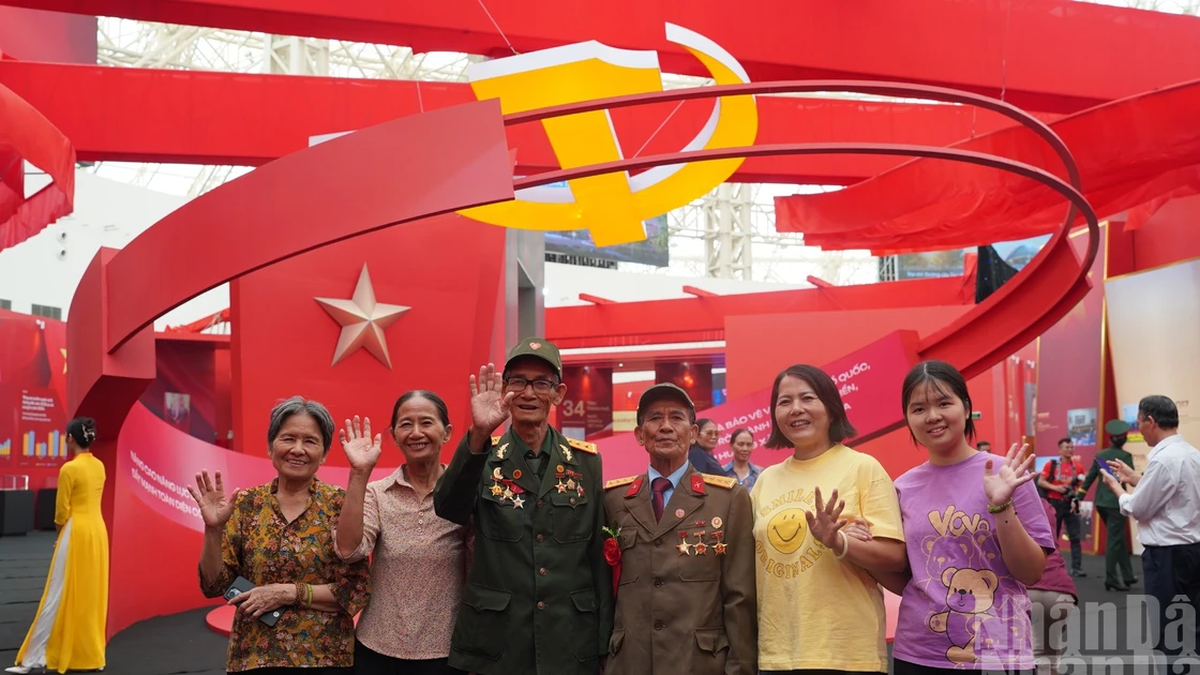

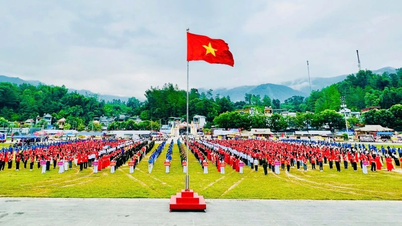

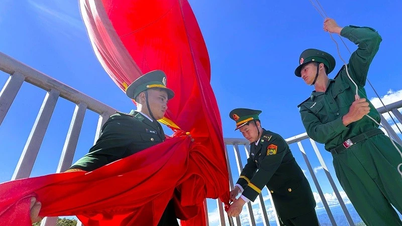
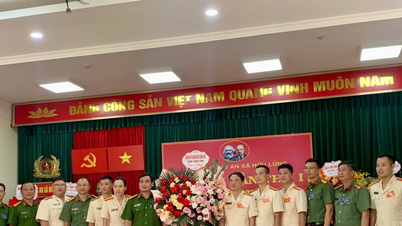
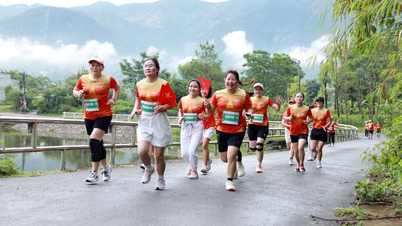
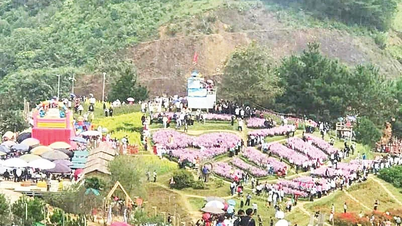
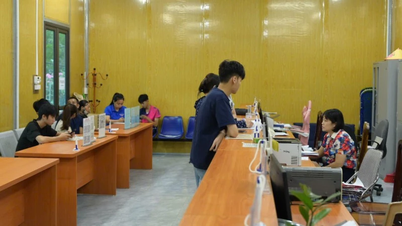

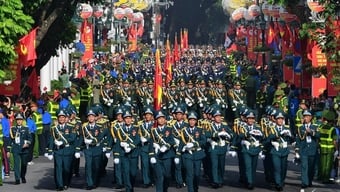

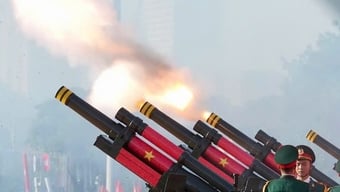

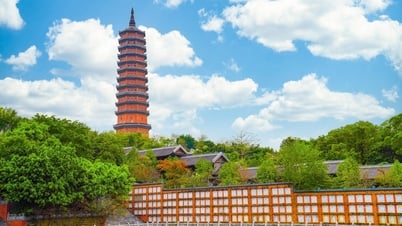

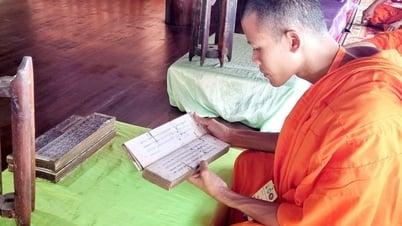

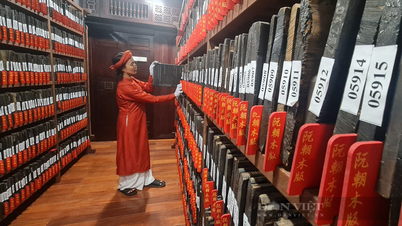
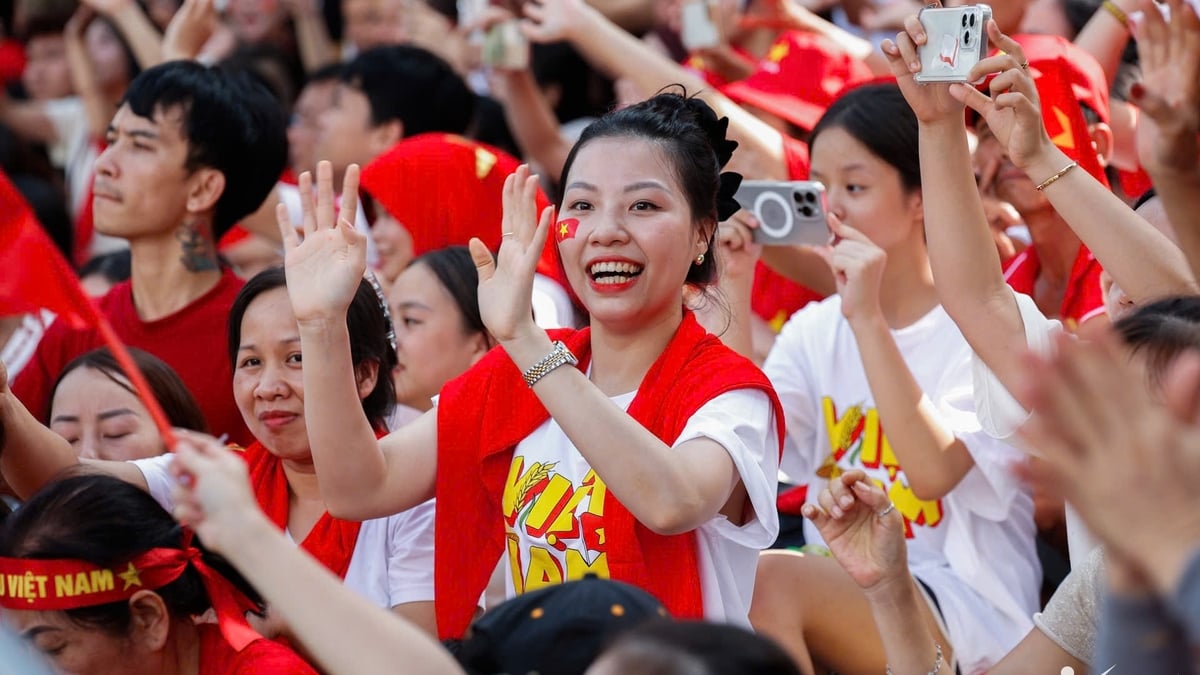
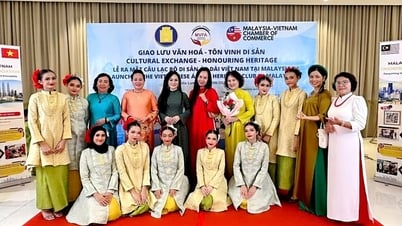

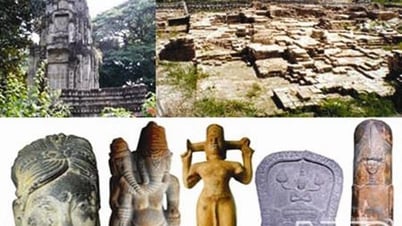

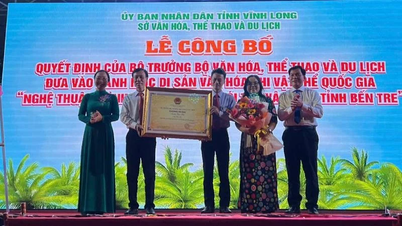


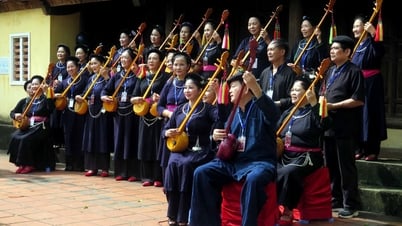

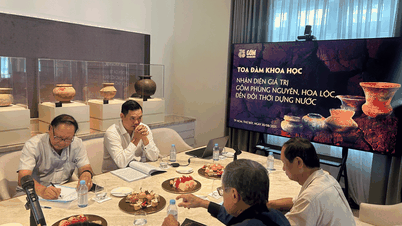






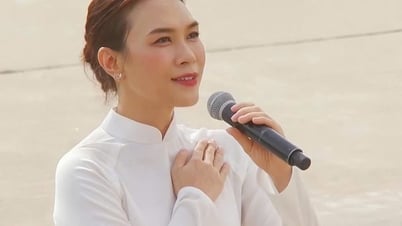
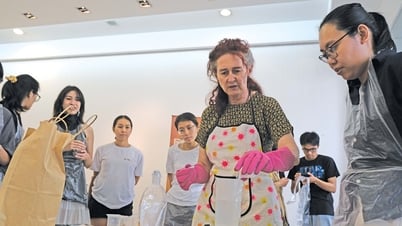

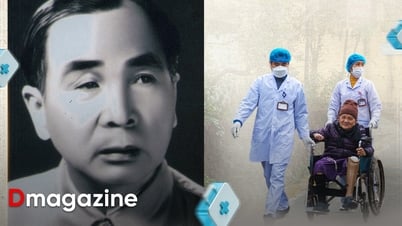



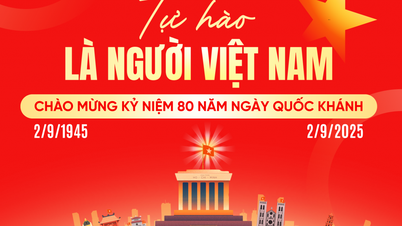
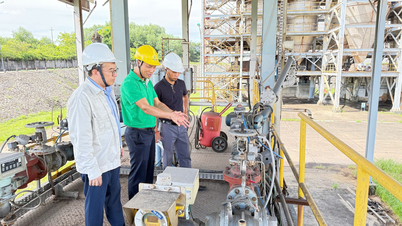



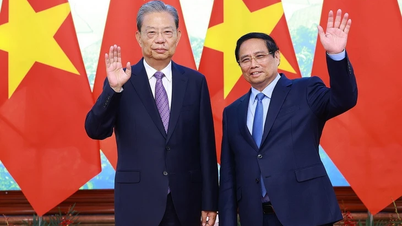
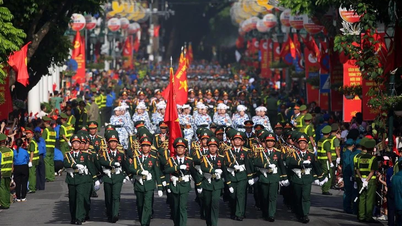
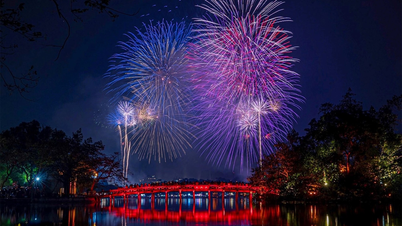
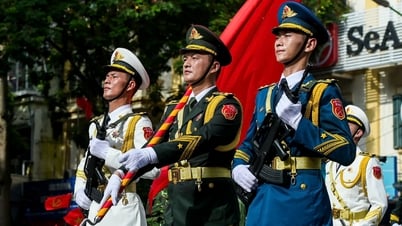




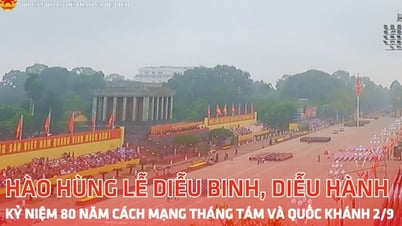

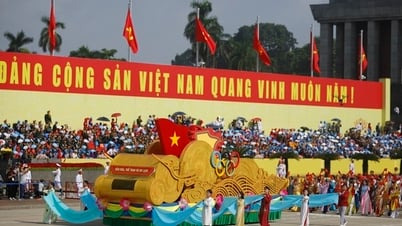

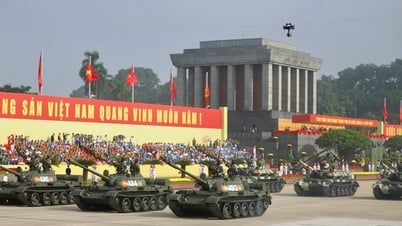
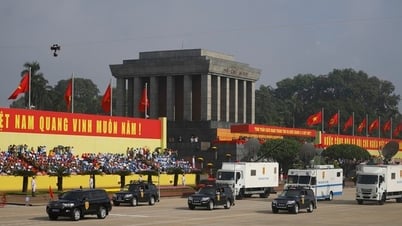





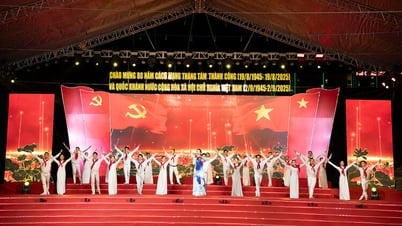

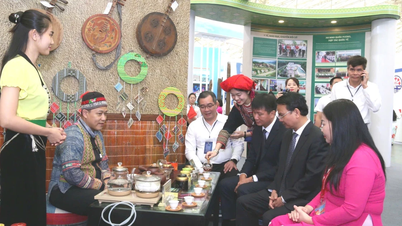
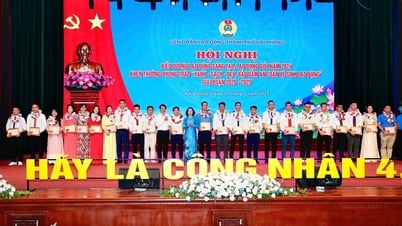
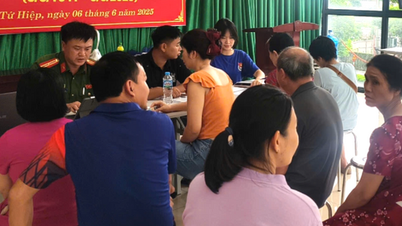

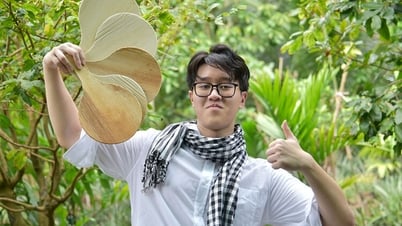
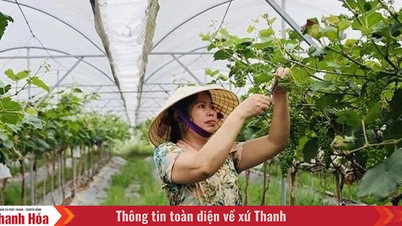

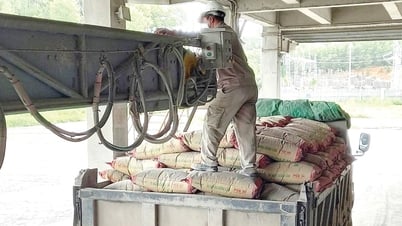








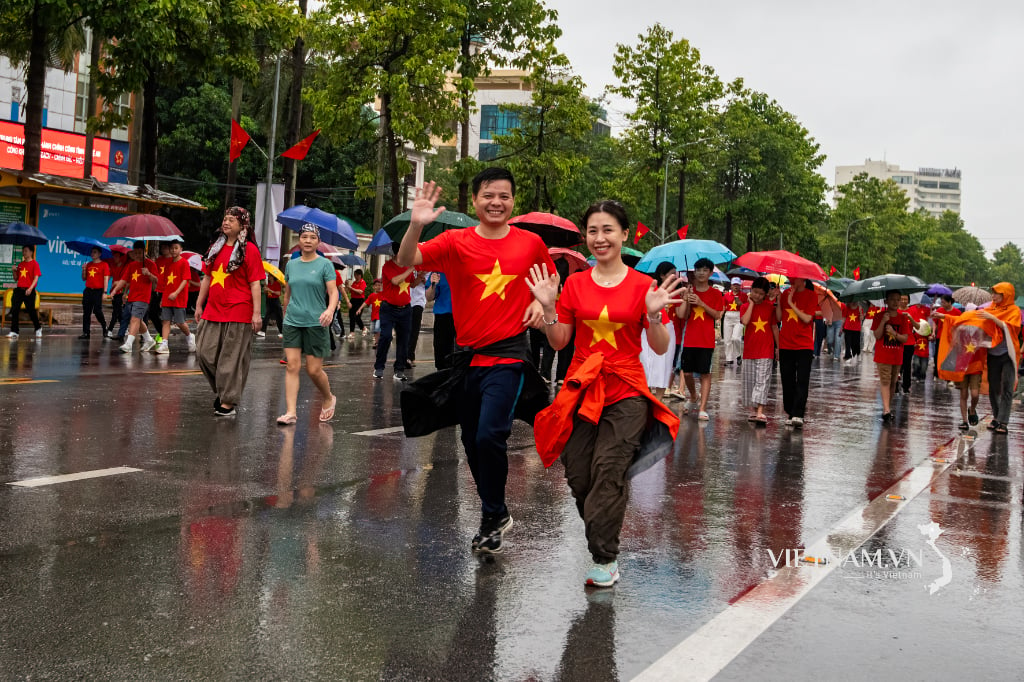
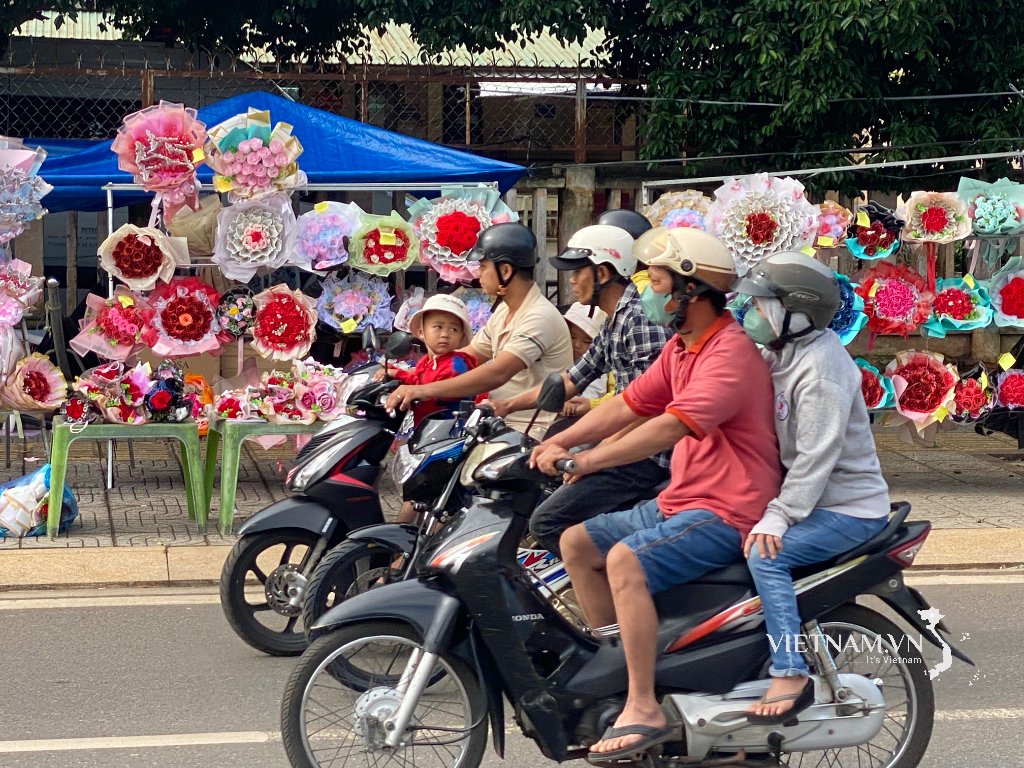
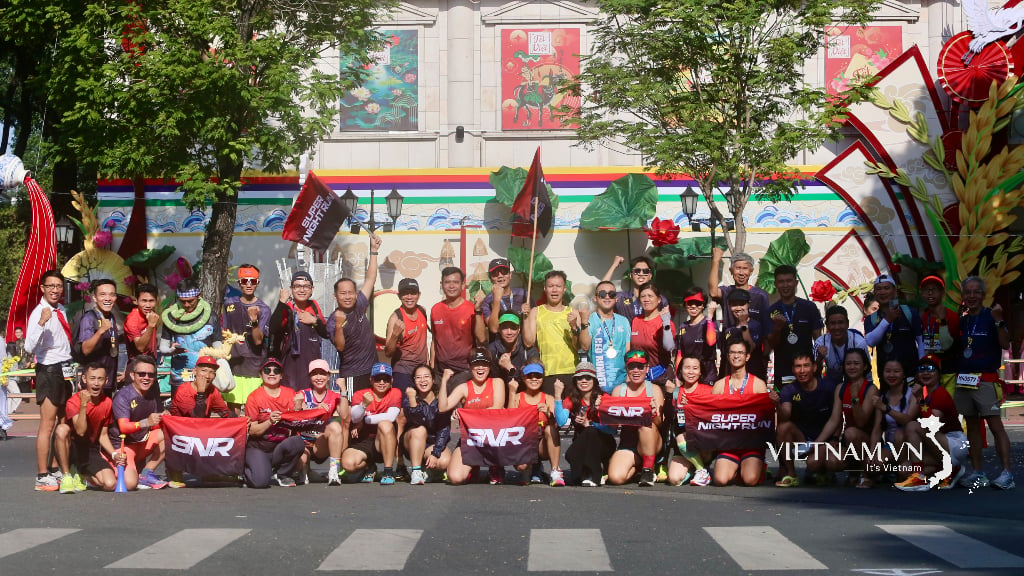
Comment (0)